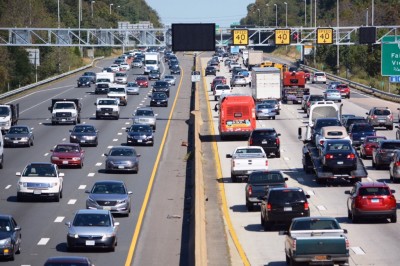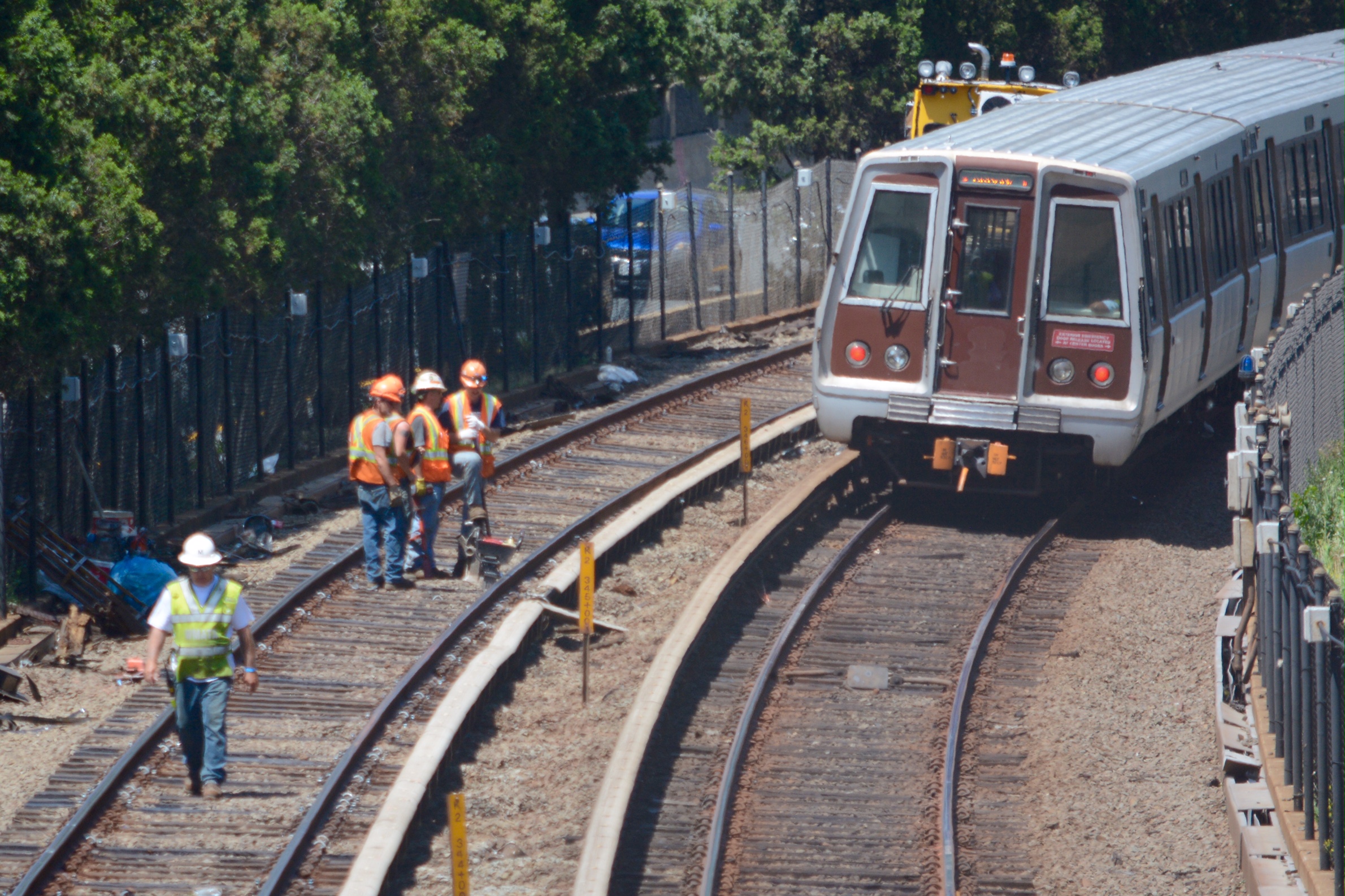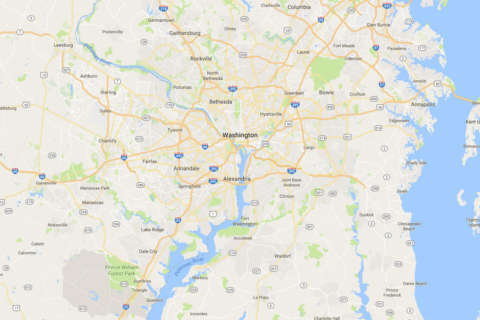WASHINGTON — Permanent travel changes could leave their mark on the D.C. region after Metro’s 24/7 track work is done, as the region looks to translate lessons learned in the early work zones into actions that can help people across the area avoid the worst possible delays between now and March.
“The key is … getting information to travelers so that they know what their alternatives are,” Metropolitan Washington Council of Governments transportation engineer Eric Randall told regional leaders Wednesday.
While traffic experts are keeping a close eye on cameras, delays and other data that show some increases in travel time on the roads during each track work phase, the individual impacts of alternative options are not yet clear.
“As they watch the traffic, it’s challenging to measure the effectiveness when these surges take place: Some people take the bus service; some people don’t take trips at all; some people divert or change their routes, some people do drive,” Randall said.
VRE has seen record ridership during Metro work.
“One of the interesting [questions] will be … whether some of those people might try riding VRE in the future even after the surges,” Randall told the Transportation Planning Board.
The head of planning and scheduling for Metrobus, Jim Hamre, hopes the Metroway service between Alexandria and Arlington could see a similar boost if riders realize the bus-only lanes along Route 1 provide a cheaper, smoother commute than some other choices.
“We were able to attract nearly double the ridership last week. Like VRE, we’re hoping some of the riders will be pleased and they’ll stick with us,” he said.
The two weeks of shutdowns on the Blue and Yellow lines in the area ended Monday.
As part of planning for future work, regional transportation leaders are also looking to change construction schedules to reduce work in the most heavily impacted areas.
Maryland recently followed Virginia to offer $1 million in state funding for backup bus options during the round-the-clock track work.
Some of those additional buses are being added to existing routes to beef up service, while others are helping with free shuttle service to different stations.
For example, Hamre said, the 3Y between East Falls Church and Farragut Square saw an almost 70 percent increase in ridership during the first track work zone, which caused single tracking between East Falls Church and Ballston, just like the work that began Wednesday.
“Served the customer well and served the need to be able to divert folks away from the railroad so that everybody could fit on the trains that were operating,” Hamre said.
On Wednesday, several issues caused additional problems on the rails through the area, including an unscheduled shutdown just after rush hour to ensure power was properly cut for safety and a train with brake problems at the height of the evening rush.
Wednesday morning, Metro said about one in four riders who would typically use the Orange or Silver Line stations west of Ballston did not enter there during rush hour. Compared to the track work zone that affected the same area last month, Metro said, more riders tried to ride the system on day one from those stations, with a similar reduction in the number of entries at Ballston, where trains are running more frequently.
Overall, Hamre said, shuttle service and other additional bus routes have been a success since the 24/7 track work began June 4.
“Fortunately, the riders made good choices and we had exactly the right number of riders show up that we could carry, and that’s a great partnership,” he said.







